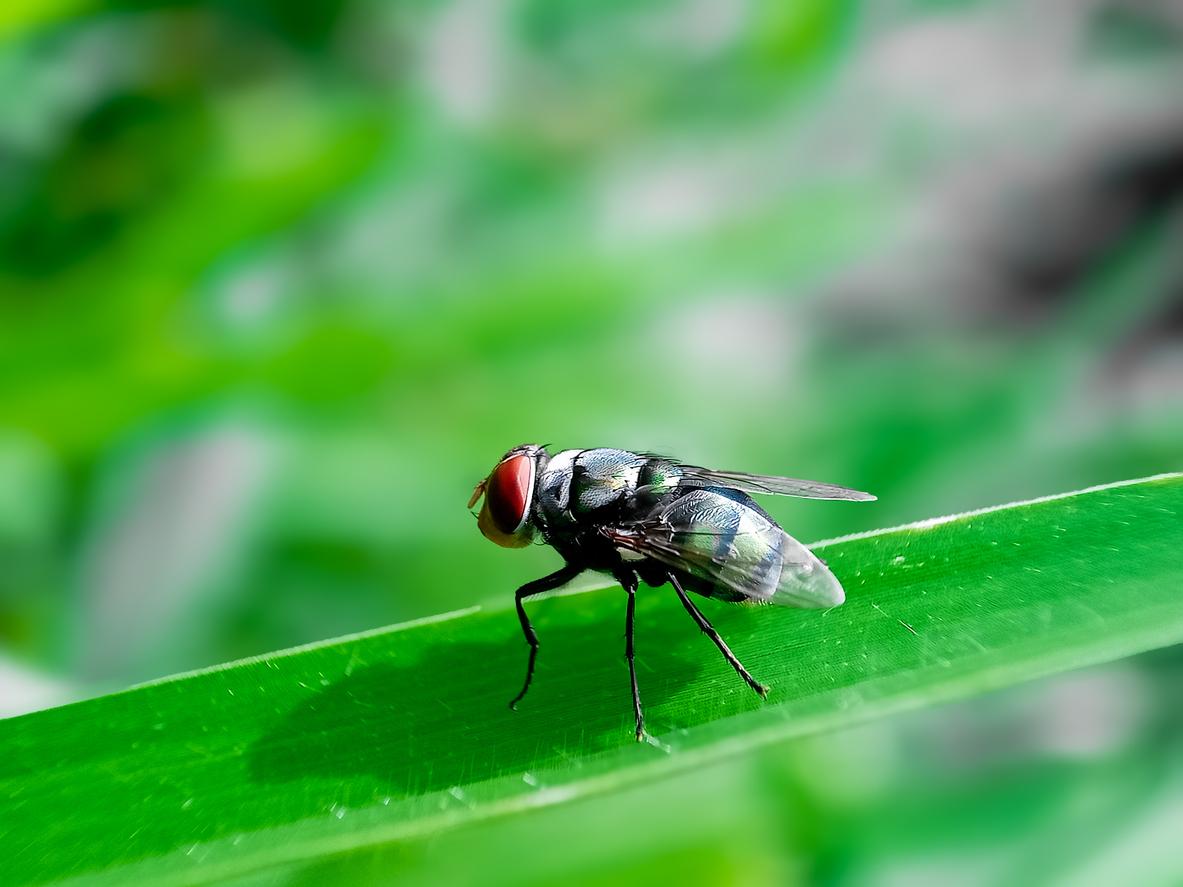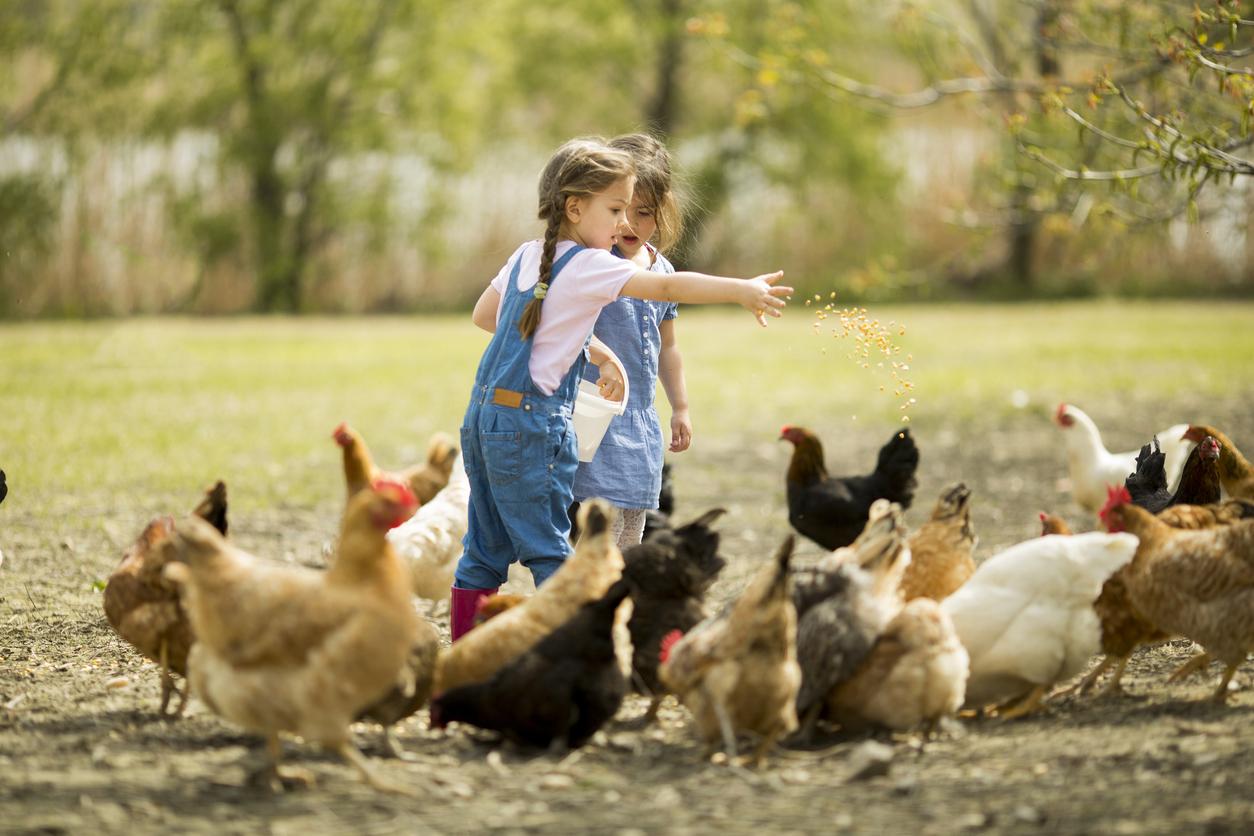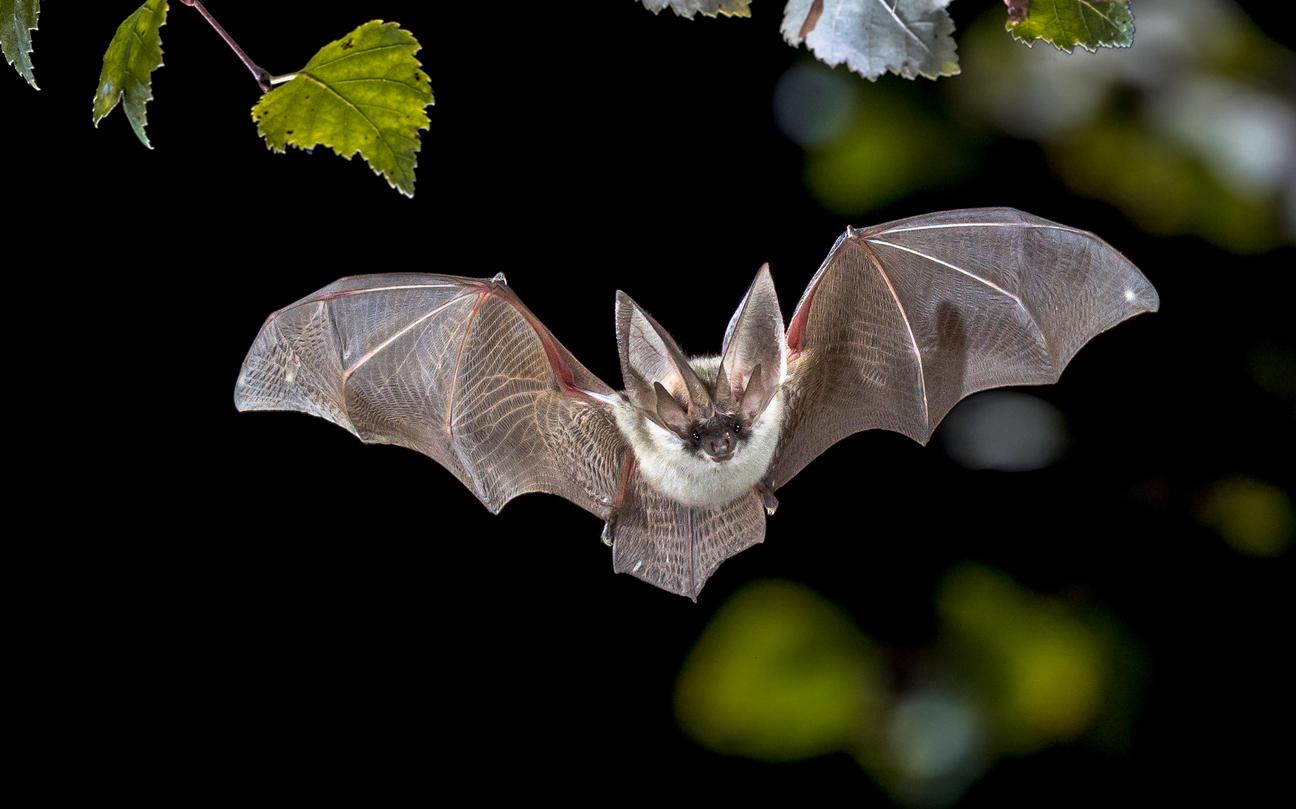Some French people keep non-traditional domestic animals (rats, mice, hedgehogs, reptiles, etc.) without being aware of the risks.

- The National Academy of Medicine warns of pathologies that can be carried by non-traditional companion animals (ACNT).
- It lists 9 diseases that can be transmitted by rats, mice, snakes, hedgehogs, etc.
- “The bite is the most common means of inoculation of a pathogenic agent naturally present in the animal’s saliva,” adds the institution.
In a press release, the National Academy of Medicine alerts on pathologies that can be carried by non-traditional pets (ACNT).
“Apart from dogs or cats, non-traditional pets may be kept at home, whether domestic (rabbit, goat, pig, etc.) or non-domestic (rats, mice, hedgehogs, reptiles, amphibians, birds, etc.)”, write the doctors at the beginning of the document sent to the editorial staff. “The detention of some of them is subject to declaration or possession of a certificate of capacity. It may even be prohibited, due to the risks incurred by the most vulnerable people (including children under 5 years old, an age not suited to the recommendation of hand washing).” they continue.
Non-traditional pets: what diseases can they transmit?
As a warning, experts then list diseases that non-traditional pets can transmit to humans. They quote as follows:
1/ salmonellosis (rats, wild mice, birds, lizards, frogs, small aquatic turtles, reptiles).
2 / Salmonellosis resistant to fluoroquinolones, linked to the use of these antibiotics in reptiles.
3/ Lymphocytic choriomeningitis (wild mice, hamsters).
4/ Psittacosis (birds).
5/ Enterohemorrhagic colibacillosis (ruminants).
6/ Poxvirus (rats).
7/ Leptospirosis (rats, mice).
8/ Hemorrhagic fever with renal syndrome (rats).
9/ Sepsis.
“The bite is the most common means of inoculation of a pathogen naturally present in the animal’s saliva,” complement health professionals. “As the animal is most often asymptomatic, close contact with it also presents a risk of transmission of an infectious agent, particularly when it sleeps with the child in the room,” they add.
“In Europe, the underestimation of the risks associated with non-traditional companion animals is linked to several factors: the non-reporting of isolated cases; the absence of an alert system, as in the United States, to collect sporadic cases; lack of awareness of certain zoonoses; they lament.
Non-traditional pets: new recommendations
In conclusion and to protect the health of the French, the National Academy of Medicine issues several recommendations:
– inform the public of the risks linked to the presence in the home of certain ACNT whose detention is authorized;
– advise against, when children under the age of 5 are present at home, the possession of ACNTs which could represent a risk of bite (ferret, rat, iguana) or transmission of infectious agents (rodents, snakes, turtles, amphibians, birds, small ruminants, etc.);
– remind parents of the importance, in the event of any illness in a child under 5 years old, of notifying the doctor if an ACNT is present at home;
– strengthen health controls in animal stores housing marketed ACNTs, depending on the zoonotic risks specific to each species;
– create an epidemiological surveillance platform for zoonoses observed in children exposed to the presence of an ACNT.















